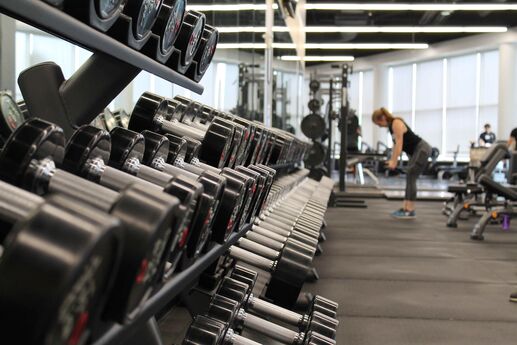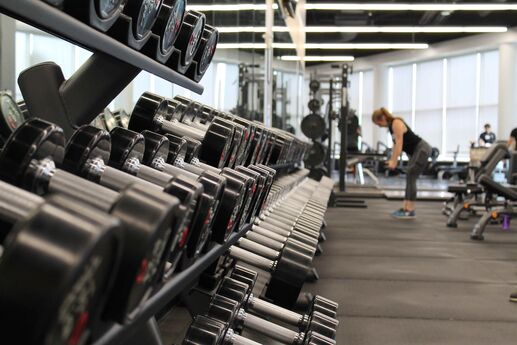How to Throw a Ball Farther
Smack!
The batter connects and the softball flies over the second baseman’s outstretched glove, headed to you in the outfield. You field the ball cleanly on one hop, but the man on second is racing around third. “Home!” your teammates scream. “Throw it home!”
Only a strong throw from you can ensure your team’s victory. You rear back the ball and heave it, to the effect of … what? A missile to the catcher, who tags the runner out, making you the hero of the game? Or a sissy dribbler that barely makes it to the pitcher’s mound?
Well, that depends on how you throw a ball -- and how well you’ve prepared for this moment.
“If you just try to use your am to throw, you’re not going to generate the force you need,” says Lexington, Kentucky orthopedic surgeon David Dome, a spokesman for the American College of Sports Medicine. Throwing a ball, he explains, is a chain of movements, starting with the leg, moving through the hips and core, and finally your shoulder.
Developing that throwing-specific strength requires work on the field, as well as in the gym. Mike LaLuna, who pitched professionally for the Detroit Tigers (and who is also a certified personal trainer) recommends these two drills to make sure your throws -- whether you’re on the mound, in the outfield or the infield -- have punch:
1. Everyday Throws
A daily 15-minute drill for everyone. “You’re basically playing catch here,” says LaLuna, but you’re doing it with a conscious effort to work on the multiple phases of throwing. The drill consists of the following:
The stretch
“Your knees are slightly bent; your rear is sticking out almost as if you’re about to lower yourself into a squat,” says LaLuna. “It’s a strong, solid position to start your throw.”The leg lift
With ball in glove and hands held forward, lift your left leg (right if you’re a lefty), then lower it, grasping the ball from the glove with your free hand.The step-off
Several things happen simultaneously: Plant your leg in front of you, with your toe pointed at your target. That’s key: “People have this misconception that it’s a push-through with your arm that creates velocity,” says LaLuna. “It’s more that your front leg pulls your body around.” This in turn transmits the power into the shoulder, as you release the ball with a whip-like motion, using the power from your legs and core. Your throwing arm comes around and up, while your glove hand is pointed straight out.
2. Long Toss
A more accurate name for this exercise might be “start-short-and-get-longer toss,” but that’s out of our hands (so to speak). “The long toss,” says LaLuna, “is how you increase distance on your throws.”
After five minutes of easy warm-up throws with a partner, start throwing to each other from about 60 feet apart. Then, each minute, one of you backs it up five paces. Continue until you get to about 180 feet apart -- or to the point when you’re hitting your partner on one bounce to the ground. The benefit to your pitch: As you throw a ball farther and farther, your body must adapt to it -- you’re taxing more muscle fibers, mobilizing more energy and firing more neurons -- which is the same result as, say, increasing weights on a barbell.
Then start gradually walking it back in (five paces every 60 seconds). “The arc in your throws, which will increase the further you’re apart, should flatten out again as you get closer,” says LaLuna. The point of closing in: Readjusting your now stretched-out muscles to the shortened distance -- key to building strength in the arm. You should find it easier to fire the ball hard from short distances and increase your arm’s output power.
Throwing the ball from a great distance, which would be the max distance of your long toss drill, your whip, or rotational speed of the arm is not as fast as it would be since you are trying to throw the ball higher in the air to reach your partner and not necessarily on a tight line low to the ground.
Practice long toss three times a week if you’re a pitcher; once a week if you’re a fielder.
Bottom line: Practice these exercises and … whoa! There’s the throw -- the runner slides, and he’s … out at the plate! Nice toss, buddy.






